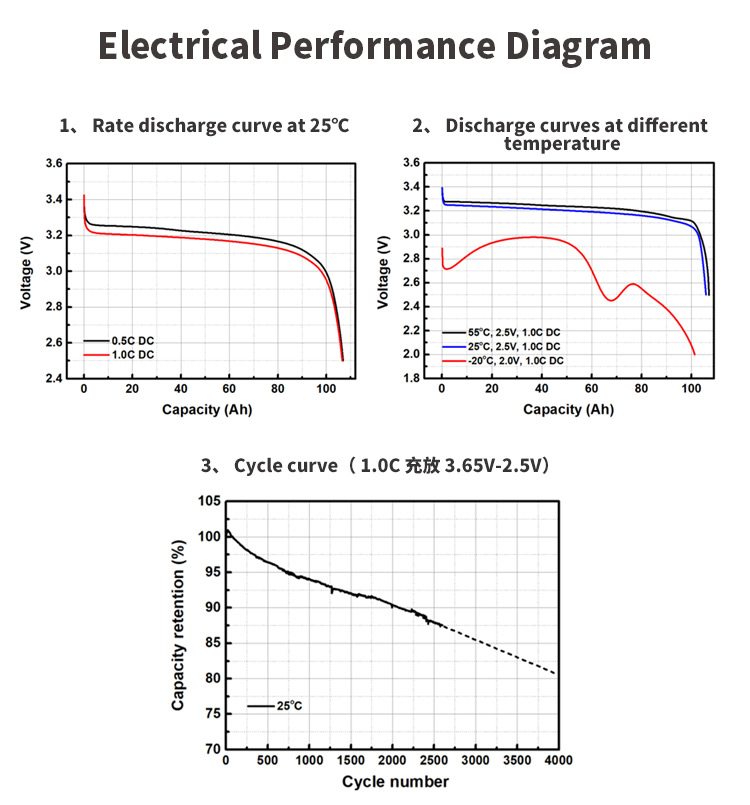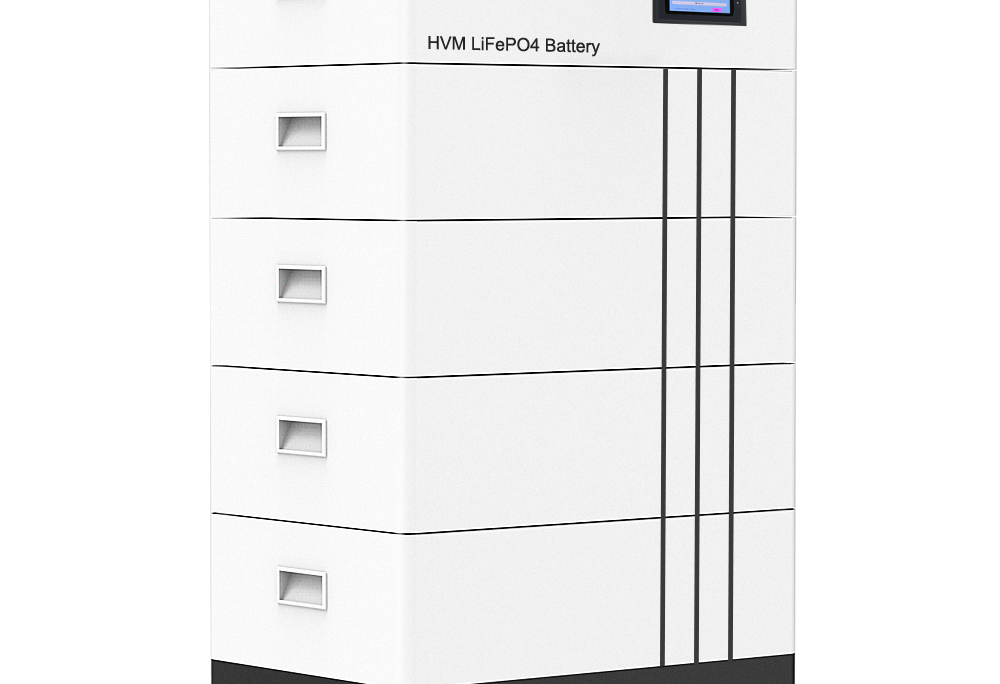Selecting a LiFePO4 high voltage battery for your application requires a detailed understanding of various factors. From voltage requirements to specific application needs and other factors, this guide will combine our products to tell you the relevant factors when choosing LiFePO4 high voltage batteries and how to judge them. To meet your different needs.
Understand different application voltage requirements
The compatibility of LiFePO4 high voltage batteries with various voltage requirements stems from their ability to be configured in series and parallel. Series connection increases the overall voltage of the battery pack, while parallel connection increases capacity. This flexibility enables engineers and designers to customize battery configurations to meet the specific voltage requirements of a given application. The LiFePO4 high voltage battery provided by Pengcheng can achieve a genuine high-voltage series connection for maximum efficiency.
Lithium iron phosphate batteries can be arranged in series to meet these needs in applications that typically require higher voltages, such as electric vehicles and renewable energy storage systems. The ability to regulate voltage output by connecting batteries in series. The stability of the discharge voltage of LiFePO4 high-voltage batteries is a critical factor in their suitability for voltage-sensitive devices. Pengcheng’s LiFePO4 high-voltage battery discharge curve is generally stable at 20A, and its flat discharge curve ensures consistent voltage output throughout the discharge cycle.
Calculating energy storage requirements for LiFePO4 High Voltage Battery
Initiate the process by analyzing the energy consumption patterns specific to the intended application. This involves understanding the device or system’s energy requirements over a defined timeframe. Subsequently, employ the formula Capacity (Ah) = Energy Consumption (Wh) / Voltage (V) to calculate the necessary capacity for the LiFePO4 high-voltage battery based on the determined energy demand and voltage specifications.
Factors such as the depth of discharge (DOD) and LiFePO4 battery efficiency must be considered. Evaluate the expected cycle life of LiFePO4 batteries to ensure longevity. Our LiFePO4 high-voltage battery boasts a capacity of 20Ah, equating to energy levels ranging from 4.8 kWh to 19.2 kWh. These batteries maintain a service life exceeding 10 years, ensuring a reliable and enduring power solution for diverse applications.
Temperature sensitivity of LiFePO4 high voltage battery
The temperature sensitivity of LiFePO4 high voltage batteries is crucial for selecting suitable applications and optimizing their performance under different environmental conditions. LiFePO4 high-voltage batteries typically have a temperature range of -20°C to 60°C (-4°F to 140°F). Beyond this range, LiFePO4 batteries may experience a reduction in their performance and efficiency. They usually perform best within a specific temperature range. For many applications, maintaining temperatures within the 20°C to 30°C (68°F to 86°F) range is ideal to ensure maximum energy efficiency and longevity. Some LiFePO4 high-voltage battery systems include temperature compensation mechanisms. These systems adjust charging and discharging parameters based on temperature, optimizing performance and ensuring battery safety under different thermal conditions.

Safety features and standards for LiFePO4 high voltage batteries
LiFePO4 chemistry inherently has enhanced thermal and chemical stability compared to other lithium-ion chemistries. This feature minimizes the risk of thermal runaway, making LiFePO4 batteries inherently safer. The LiFePO4 high-voltage batteries we offer come with built-in protection circuitry to prevent overcharging and over-discharging. These protective measures avoid potential damage to the battery and ensure safe operation. At the same time, we also comply with international safety standard certifications such as UL, IEC, and UN38.3.
Weight and shape
The excellent power-to-weight ratio of LiFePO4 high-voltage batteries makes them suitable for applications requiring high power output without compromising weight constraints. This feature primarily benefits electric vehicles, power tools, and other portable devices. Their dimensions are usually around 570×380×1167 mm, and their weight remains between 41kg and 189kg. Batteries of different specifications and weights can be flexibly integrated into various devices, making them versatile and efficient in applications with limited space. Especially in applications such as electric vehicles, the weight efficiency of LiFePO4 high-voltage batteries is critical to maximizing cruising range and efficiency.

Ultimately
When facing different applications, we must carefully consider the voltage compatibility, capacity, cycle life, temperature sensitivity, etc., of LiFePO4 high-voltage batteries. We’ve listed them above. Because many users have not selected a suitable LiFePO4 high-voltage battery, we hope that by understanding and controlling these key factors, consumers and users can meet their current battery needs and make satisfactory and right choices.










